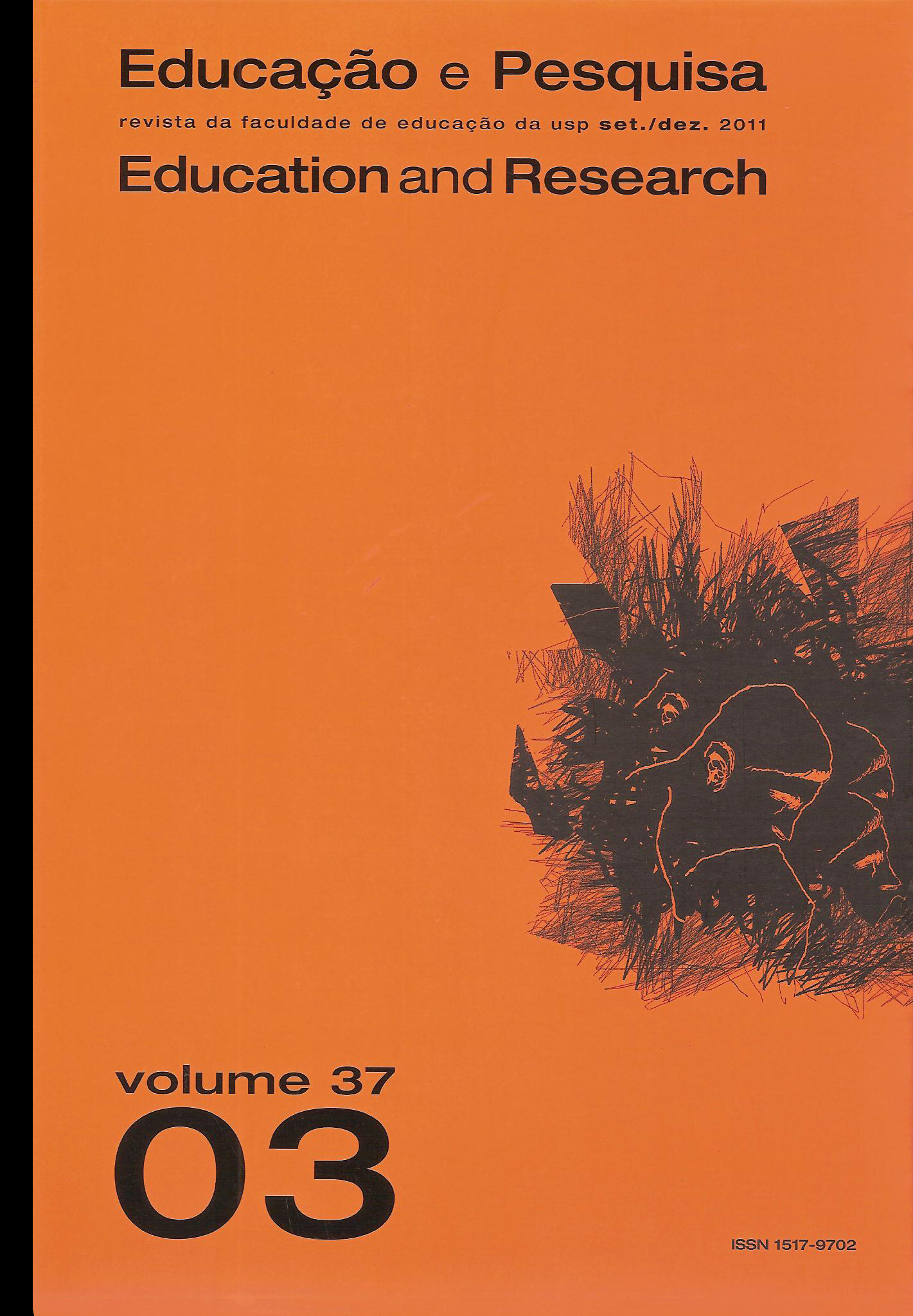Aprendendo a ser professor(a) no século XIX: algumas influências de Pestalozzi, Froebel e Herbart
DOI:
https://doi.org/10.1590/S1517-97022011000300002Palabras clave:
Pestalozzi, Froebel, Herbart, Escolas normais, Século XIXResumen
No final do século XVIII e, sobretudo, ao longo do século XIX, com as teorias de Pestalozzi, Froebel e Herbart, foram modificadas radicalmente as concepções de professor(a), ensino e método. Essas mudanças propiciaram o que hoje em dia se entende por escola moderna. Dos reflexos das teorias propostas por esses três pedagogos, este estudo tem por objetivo apresentar, especificamente, algumas mudanças e sugestões relativas à formação de professores e professoras para a escola primária a partir dos centros de formação e/ou escolas normais. Entre as qualidades requeridas para eles e elas encontravam-se as características de cuidado, afetividade e carinho para com os meninos e meninas. Com a influência das ciências da educação (sobretudo da Pedagogia e da Psicologia), as escolas normais disseminaram novas concepções sobre a infância e passaram a propagar modelos pelos quais a prática do professor(a) deveria ser regida: racionalidade científica mesclada com atributos femininos. Em consequência, o espaço da sala de aula passou a ser, cada vez mais, evocado como ideal para as mulheres. Em suma, a discussão aqui realizada se centra na análise iniciada por Pestalozzi sobre o conceito de mulher como mãe-educadora e o fato de que Froebel foi o primeiro a incorporá-la como profissional da educação.Descargas
Los datos de descarga aún no están disponibles.
Descargas
Publicado
2011-12-01
Número
Sección
Artículos
Licencia
Los conceptos emitidos en los artículos son de exclusiva responsabilidad de sus autores y no reflejan necesariamente la opinión de la redacción.
Está permitida la reproducción total o parcial de los trabajos, siempre y cuando se indique explícitamente la fuente.
Cómo citar
Aprendendo a ser professor(a) no século XIX: algumas influências de Pestalozzi, Froebel e Herbart . (2011). Educação E Pesquisa, 37(3), 465-480. https://doi.org/10.1590/S1517-97022011000300002



